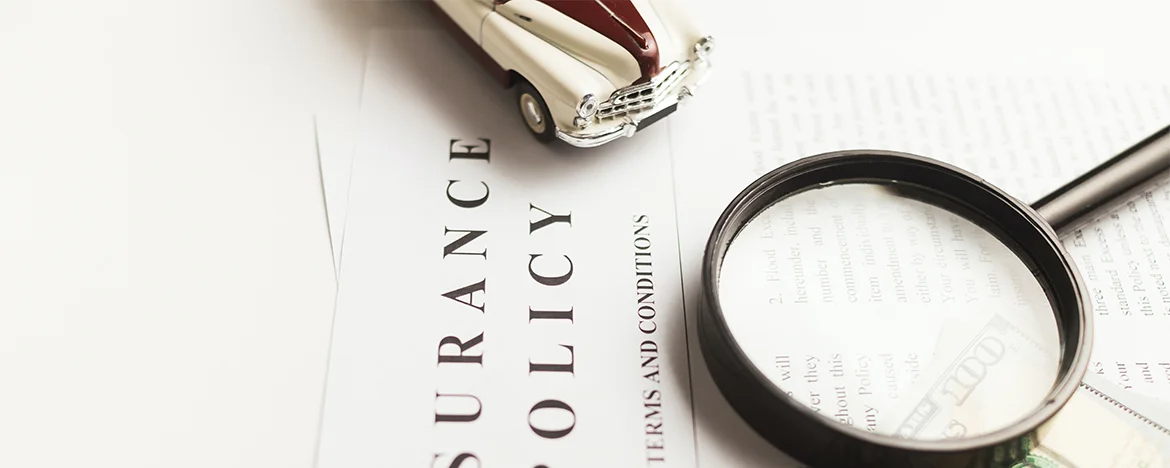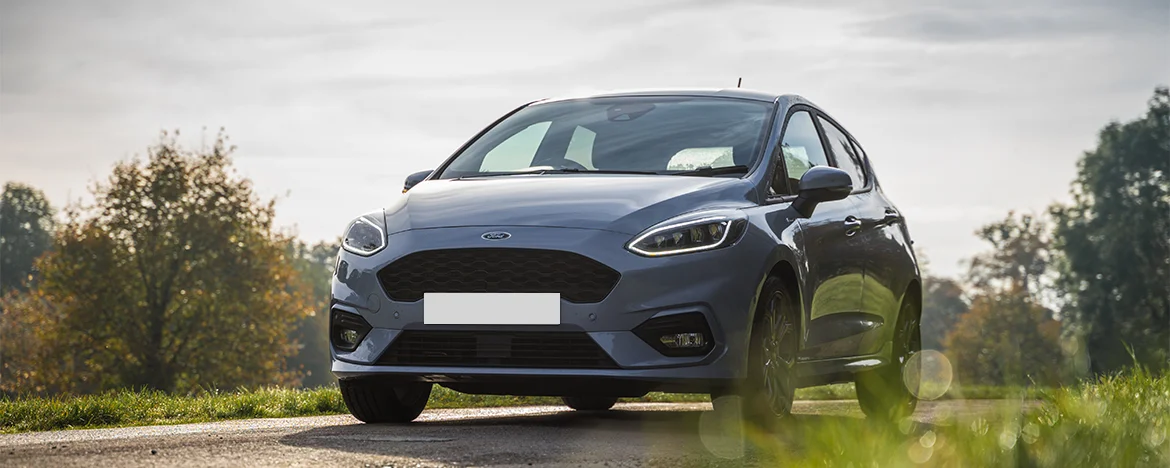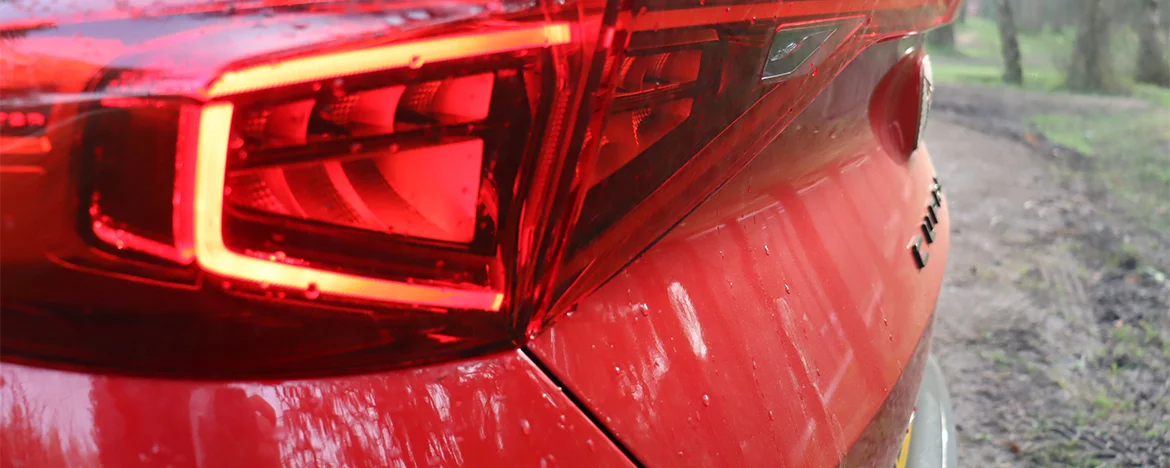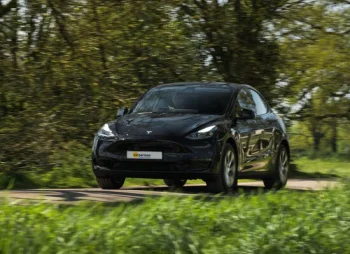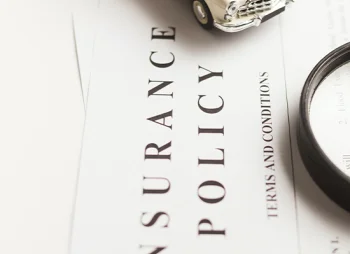Do you know which insurance group your car is in?
All vehicles fall into an insurance group between 1 and 50, but understanding what each one means can help you to reduce the cost of your car insurance.
While car insurance might not be the most glamorous of subjects, understanding how insurers work out the cost of your insurance is a good first step to making sure you’re keeping the price as low as possible.
Insurers set your premiums based on the overall risk you represent to them.
There are several factors that go into working out this cost, including your age, driving history, address, and occupation.
But alongside these, car insurance providers also categorise every car into a different insurance group based on its value and perceived risk to the insurance company. This group can give you an idea of how expensive your insurance will be right off the bat, so understanding where to find this information and what each insurance group means to you is one way to drive costs down.

